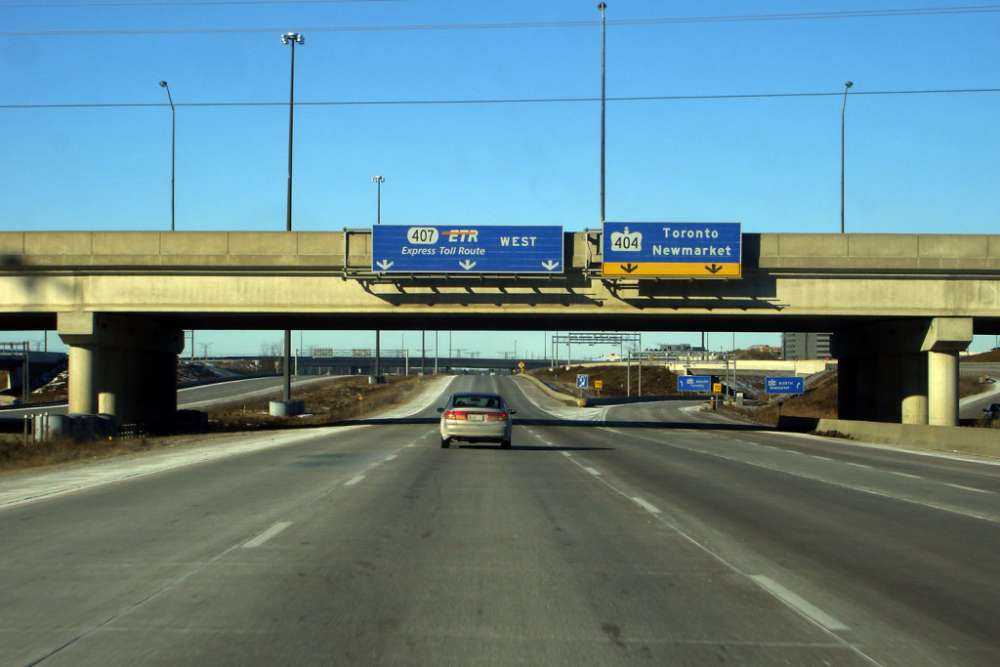BY ANDREW STEWART
Although the pandemic has indefinitely changed the way we travel, many travelers are eager to book voyages in 2021. If you’re ready for a new adventure, be on the lookout for the latest changes in the travel insurance industry. With this in mind, here are some of the latest updates on what travel insurance companies are advising and restrictions the government of Canada has imposed.
Trip cancellation coverage has always been a popular component of travel insurance. It has been part of 80% to 90% of travel insurance policies. If you choose to cancel your trip, please ensure you have contacted your travel supplier to inquire about available refunds, credits, or change options that may be available to you. Travel insurance plans often require reimbursements, credits, or changes to be explored first, and then your insurance coverage may provide reimbursement for the non-refundable portion of expenses. Proof of unavailable refunds and/or credits will be required when you file a claim.
Before purchasing travel insurance, it’s helpful to equip yourself with some basic knowledge about travel insurance, including what it is, the main types of coverage available, and the circumstances under which it can be critical for you and your family. At its essence, travel insurance protects against unforeseen events that can occur before or during your trip, ranging from minor mishaps to major misfortunes.
Depending on available plans, travel insurance options are usually divided into two categories. Canadian residents planning a trip abroad (whether traveling outside their home province or internationally) or international visitors coming to Canada. While medical, trip cancellation and interruption are the foundational categories of travel insurance, policies will often have additional supplementary benefits that can help further reduce financial and emotional stress when the unexpected interrupt your travel plans. If you’re planning to travel outside of Canada and want coverage for emergency medical expenses, including COVID-19 related emergencies, almost all providers offer pandemic coverage. It is in your best interest to know and understand what your policy includes, what it excludes, and what is limited.
Traveling after February 22nd, 2021? All travelers are required to provide travel, contact, and quarantine information upon and after entry into Canada. Whether entering Canada by air or land, travelers will need to submit travel contact information, quarantine plan, and COVID-19 symptom self-assessments before they board their flight or before arrival at a land border crossing.
There are plenty of worthy reasons for purchasing travel insurance, and everyone’s situation is different. Start by considering your circumstances and what coverage makes the most sense for you, your immediate family, and even your extended family. The most touted reason for travel insurance is related to health. Medical emergencies can happen to anyone, regardless of your age, destination, or length of the trip. When it comes to one’s health, money is no object, but the reality is, obtaining emergency medical care away from home can be very costly.
During a medical emergency, you certainly shouldn’t be thinking about the costs, the bills, or saving money. With adequate travel medical insurance, you can instead focus on recovering and getting back home as quickly and safely as possible.
Ask yourself:
• Do you know what the costs of medical care abroad might be?
• Would you be able to pay for medical care in the US, Europe, or Asia on your own?
• What if your medical emergency is so serious that you require an air ambulance to bring you back to Canada?
• Could a family member afford to travel overseas to stay by your hospital bedside?
• Would you know where to go to seek medical assistance when you’re traveling?
• Would you be able to navigate your way through a foreign healthcare system without knowing the language?
• How would you know if the medical care you or a loved one was receiving was adequate?
• What if your medical condition were such that you needed treatment from specialists other than a primary care physician?
As a parent, spouse, partner, or adult child, you’d never want to be placed in a difficult situation, having to consider so many things at once. Unfortunately, this is often the reality in a medical emergency.


 Community News2 weeks ago
Community News2 weeks ago
 Community News1 week ago
Community News1 week ago
 Community News1 week ago
Community News1 week ago
 Community News1 week ago
Community News1 week ago
 Community News2 weeks ago
Community News2 weeks ago
 Community News1 week ago
Community News1 week ago
 Community News2 weeks ago
Community News2 weeks ago
 Community News1 week ago
Community News1 week ago






























